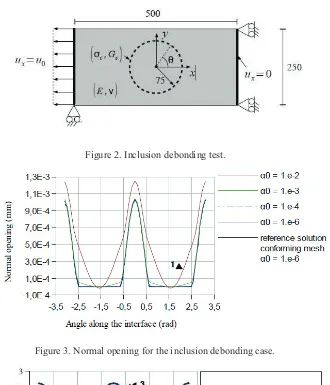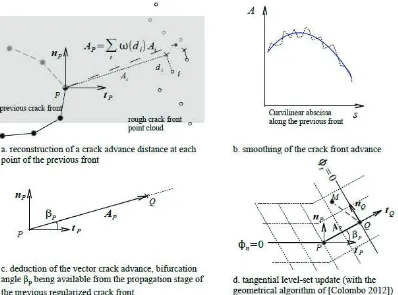3D crack propagation with X-FEM cohesive elements
Full text
Figure




Related documents
You will find information on how to reserve your place on our free two day International Orientation Programme, register and pay your fees, apply for your visa (if you need one),
We first provide a general outlook on SimuLTE, discussing the relevant modeling choices and their impact on performance, and then explain the modeling of D2D communications, and
Figure 8: Left-side Output Stage 3 (channel 1: output after noise signal (white noise) summed with source signal (sine wave); channel 2: input source signal (sine wave)).. With
All five of the isolates from clade I as determined by Ca3 typing (46) clustered within a large group of isolates closely related by UPGMA (Fig. 2); four of the five belonged to
In addition, when used as a pedicle screw fixation system, the CD HORIZON ® LEGACY 3.5mm rod and associ- ated components, are indicated for skeletally mature patients: (a)
Among the genomes without a gene encoding M-like proteins, around half (3.9% of total, n ⫽ 65) had only an emm gene between mga and scpA ( emm -pattern A), while 3.6% ( n ⫽ 60)
Defense Enterprise PLA; virtualize inheritable security controls into open standard IT infrastructure; Base procurement award and performance incentives on demonstrated Validation
of survival analysis by using Aalen’s additive hazards model and Cox’s proportional 3 ..



